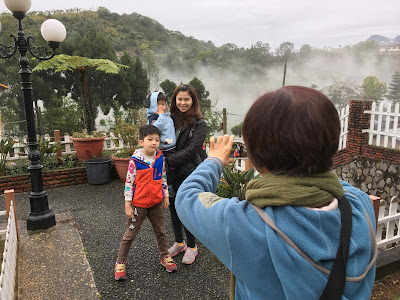(之一)
幽幽鹿谷聚群英,
熠熠麟湖守聖名;
手足情深相鼓勵,
虔心靠主向前行。
(之二)
弟兄如鹿覓清泉,
姊妹偕同誦聖篇;
水色山光神所創,
求祂灌注我心田。
(之三)
天南地北夢無涯,
本鎮他鄉共一家;
基督門生求見主,
平安喜樂更昇華。
圖/文: Mookoo Liang
圖/文: Mookoo Liang
註:上面三首七絕,押韻不同:第一首押「下平聲八更」、第二首押「下平聲一先」、第三首押「下平聲六麻」。但三首詩的格律卻同樣為 baB 式,查看其平仄規律便一目瞭然:
平平仄仄仄平平,仄仄平平仄仄平;仄仄平平平仄仄,平平仄仄仄平平。
幽幽鹿谷聚群英,熠熠麟湖守聖名;手足情深相鼓勵,虔心靠主向前行。
平平仄仄仄平平,仄仄平平仄仄平;仄仄平平平仄仄,平平仄仄仄平平。
弟兄如鹿覓清泉,姊妹偕同誦聖篇;水色山光神所創,求祂灌注我心田。
平平仄仄仄平平,仄仄平平仄仄平;仄仄平平平仄仄,平平仄仄仄平平。
天南地北夢無涯,本鎮他鄉共一家;基督門生求見主,平安喜樂更昇華。



































































